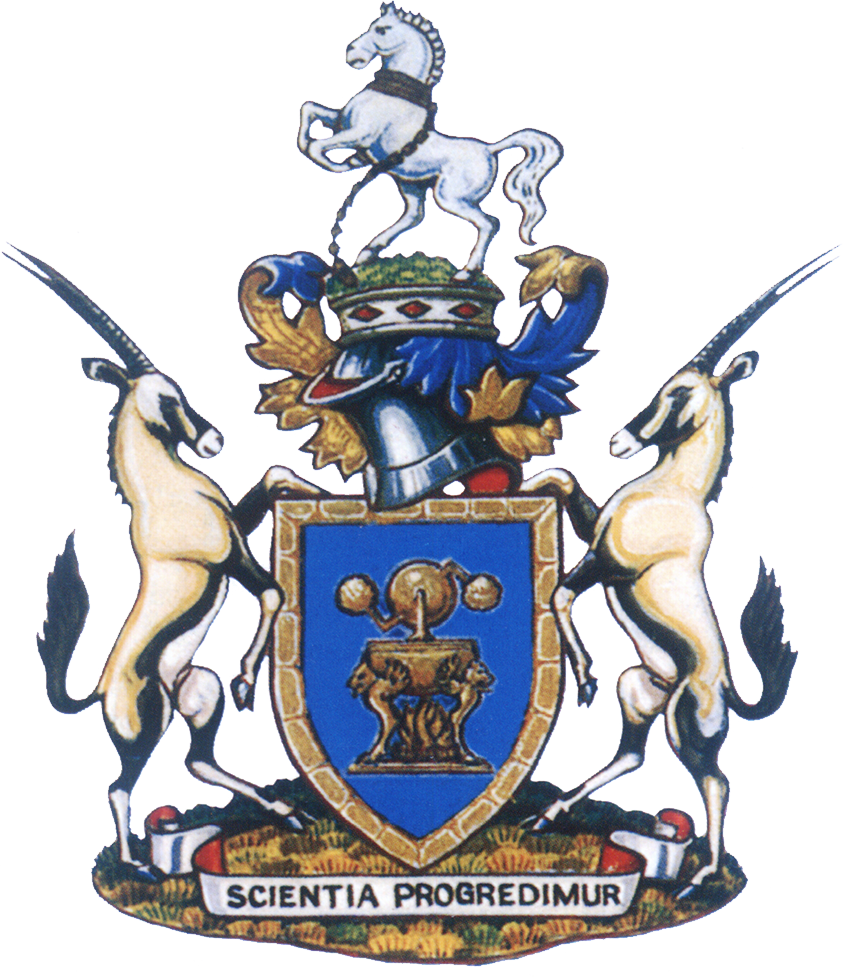The Editor mentioned to me the other day that she should issue a health
warning with some of my leader articles because they often create an acute case
of depression. This will in future be issued with the articles as it is becoming
increasingly difficult to construct positive and encouraging articles about the
state of the nation and the environment in which engineering has to play its
role.
Last month we took a look at the status of the mining industry and one
could not do much more than be pretty negative about the trend it has taken
over recent years. From being top spot so to speak for decades, we have slumped
to a mediocre level that replicates a number of other circumstances in our
country. And the bell tolled loud and clear this week when 4 major employers in
the EPCM industry advised that they were about to institute section 189
retrenchment programmes. They inevitably become the victims of the lack of new
mining spend which in turn does not happen because the investors in such
business have made it clear that other countries are able to offer a less risky
investment climate. Most of the analyst commentary on the issue has confirmed
this view. It is just appalling and almost treasonable that those in government
allowed the talk about nationalization to go so far without taking a firm hand,
ably assisted by incoherent mining policy.
It only goes to show that in such
matters of global economics and investor confidence that they do not know. And
worse is that they do not know that they do not know. It had little to do with
the Euro crisis which gets blamed for everything including lack of local
service delivery. Don’t mention the State of the Nation address because I will
then need the advice of the intended health warning.
On the matter of power, we note with some relief that NERSA saw fit to
refute giving Eskom the 16% escalation over the next five years, which on top
of the increases over the last three would have been catastrophic for industry,
business and the average citizen. Even the 8% is severe enough which means a
doubling of the price of electricity in less than 9 years, and it does not
include the mark-up that most municipalities will add on before charging the
consumer.
It causes one to reflect on what has happened to Eskom, and whilst it
gets the blame for such drastic price increases, it is really government policy
that caused the whole crisis. To have left the power capitalization industry to
virtually collapse from 1994 to 2007 was the collective decision of policy
makers who again demonstrated that they did not know that they did not know. In
that period Eskom became a cash-cow for government. It also became a show piece
of transformation where most of the established intellectual capital and memory
was methodically removed to satisfy a political whim. It became evident that
political identity was more important than experienced engineering and project
management skills that had been built up over decades of designing and building
the best six pack stations in the world.
The effective owner’s team had been
removed and replaced with the outsourcing to foreign based project houses.
Costs escalated and are exhibited in the horrific escalation on the price of
Medupi for example. Where was the sinking fund to finance the new station
build? It became necessary to charge the current consumers to fund the capital
expansion. Therein lies your 16% requirement. Whatever Eskom may say to the
contrary, it is borne out by the current nightmare that personifies our
electrical energy generation and distribution structures. Absolute power has
certainly disrupted the economy and will do so for the foreseeable future. How
do we reverse the slide to uncompetitive input costs?



